
Not too many musical classics have experienced the sort of polar-opposite reactions from audiences and critics that Porgy and Bess has elicited ever since it debuted on Broadway in 1935. The opera, which features some of the most recognizable songs in all of American music, has been praised as a bold attempt to exalt African American vernacular in the operatic canon, and pilloried as a patronizing, if not outright racist, caricature of black life in the South in the early 20th century. Even some of the black performers who have most ably filled principal roles in the opera through the years have voiced their reservations about the work.
The great St. Louis-born mezzo-soprano Grace Bumbry, for example, said of her own experience playing and singing the part of Bess: “I thought it beneath me. I felt I had worked far too hard, that we had come far too far to have to retrogress to 1935. My way of dealing with it was to see that it was really a piece of Americana, of American history, whether we liked it or not. Whether I sing it or not, it was still going to be there.”
Bumbry’s attitude is, arguably, the same that most people have chosen to take to the work. The opera might be filled with racial stereotypes; the songs might glorify the basest (quasi-mythical) aspects of black culture; the characters might be emblematic of African American “types” anchored not so much in history as in the dominant culture’s notion of that history — all that might be true, but the opera also, all these decades later, somehow endures. It has seen several revivals on Broadway (most recently in 2011) and musicians and singers as diverse as Miles Davis, Jascha Heifetz and Christina Aguilera have performed or recorded their own variations on the opera’s famous tunes.
Here, LIFE.com presents photos made on the set of the earliest film version of the opera — Otto Preminger’s 1959 Porgy and Bess, starring Sidney Poitier (who turns 86 on Feb. 20), Dorothy Dandridge, Sammy Davis Jr. as the drug-dealing pimp, Sportin’ Life, and Pearl Bailey. LIFE magazine evidently loved it (see below), but the years have not been kind to the production, and one would be hard-pressed to find a critic today who doesn’t find the film an unsettling combination of strident and cartoonish.
It’s also worth noting of this production that Davis and Bailey recorded their singing parts; Poitier’s and Dandrdige’s songs were dubbed by two classical singers — Robert McFerrin (Bobby McFerrin’s dad) and Adele Addison.
This, meanwhile, is how LIFE introduced the movie to its readers in the June 15, 1959, issue of the magazine, in a multi-page spread featuring Gjon Mili’s vibrant color photos. (Only one of Mili’s pictures from that assignment is in this gallery; none of the other photos here ran in LIFE.)
The folk opera, Porgy and Bess, is a story of life, death and faithlessness in a Negro tenement called Catfish Row. It has come a long way since composer George Gershwin and author DuBose Heyward launched it hopefully on Broadway in 1935 and sadly closed it after 124 money-losing performances. Gershwin and Heyward were dead when success finally came — through some fine U.S. revivals and a triumphant State Department-sponsored tour of Europe. Today Porgy and Bess is a national treasure and a beloved classic and comes finally to the movie screen.
Samuel Goldwyn had his troubles casting the film, but he wound up with some of the finest Negro actors and singers in the land — Sidney Poitier as Porgy, Dorothy Dandridge as Bess, Pearl Bailey as Maria, Sammy Davis Jr. as Sportin’ Life. The glory of the opera, its unforgettable songs, comes resplendently from the stereophonic soundtrack. All the favorites are there — Summertime, I Got Plenty o’ Nuttin’, It Ain’t necessarily So, Bess, Yo Is My Woman Now. The plot, taken from the play by Heyward and his wife Dorothy, is unchanged in the movie — as are the brilliant lyrics, written by Heyward and Gershwin’s brother Ira.
Liz Ronk, who edited this gallery, is the Photo Editor for LIFE.com. Follow her on Twitter @lizabethronk.
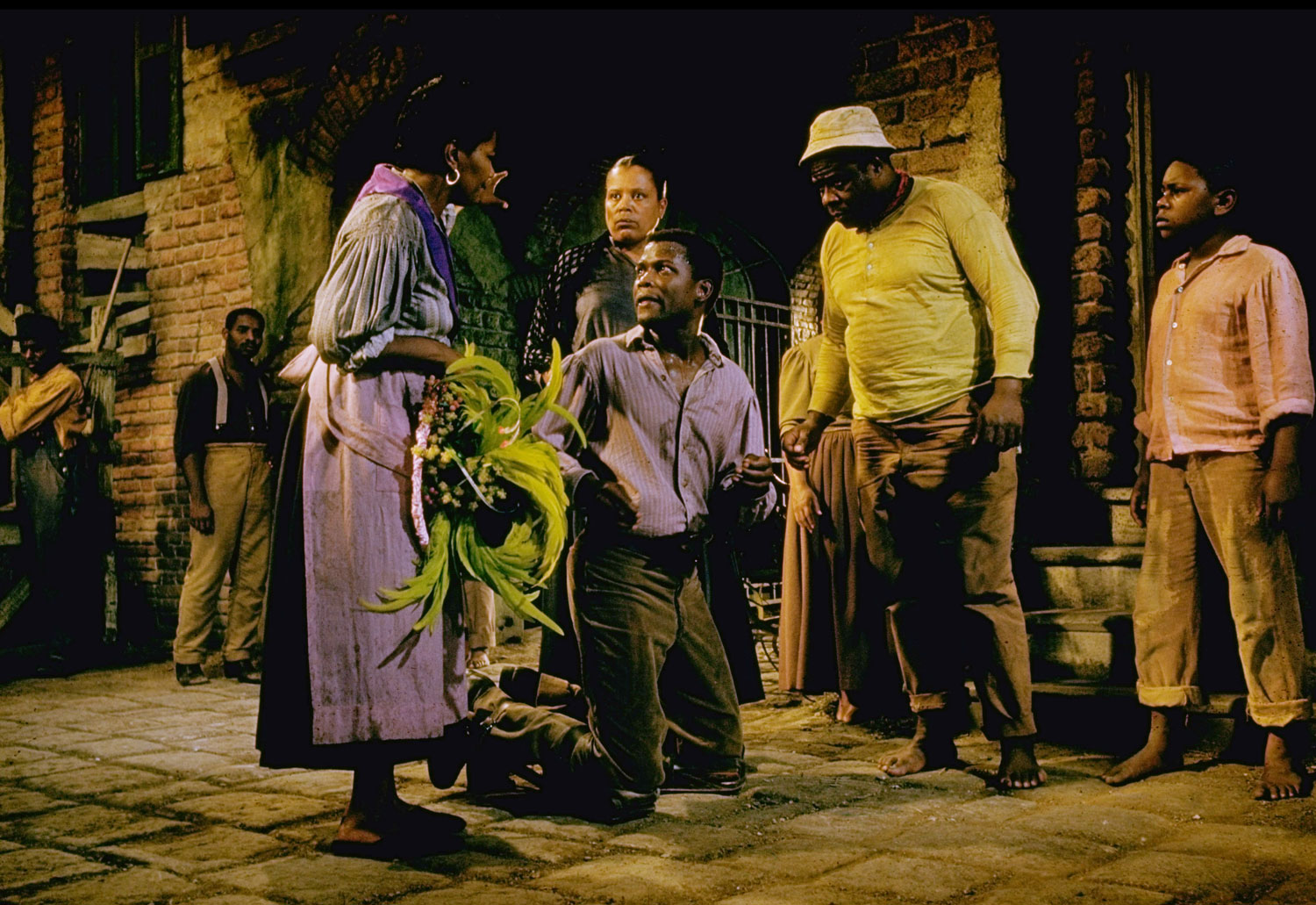

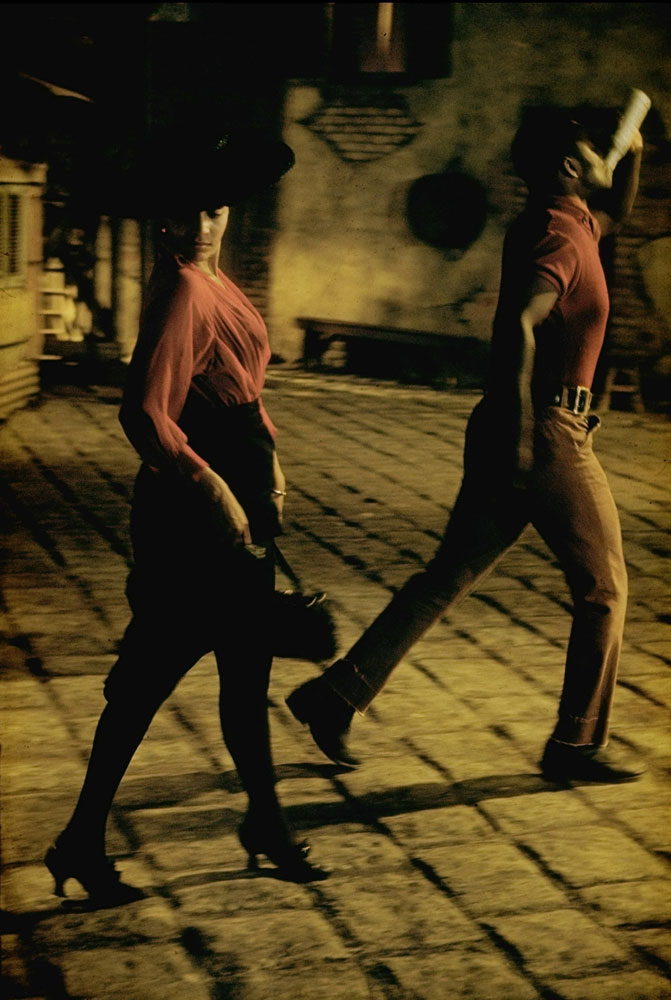
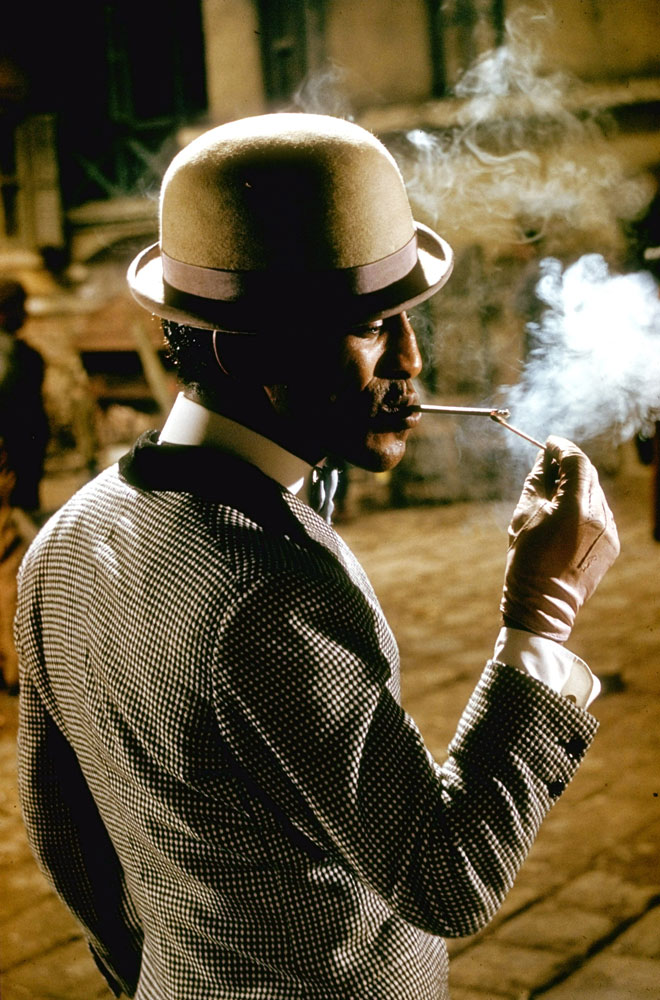
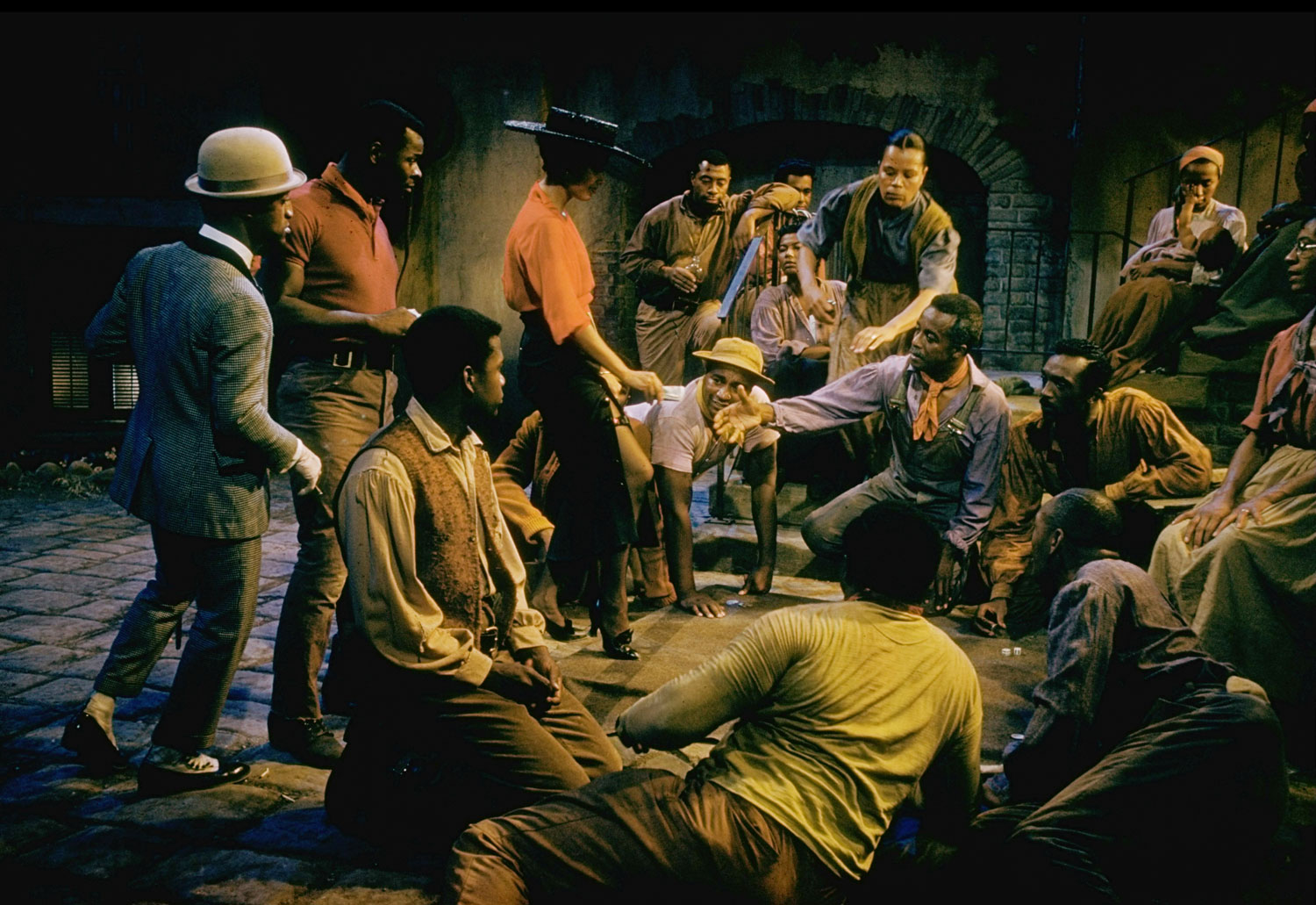
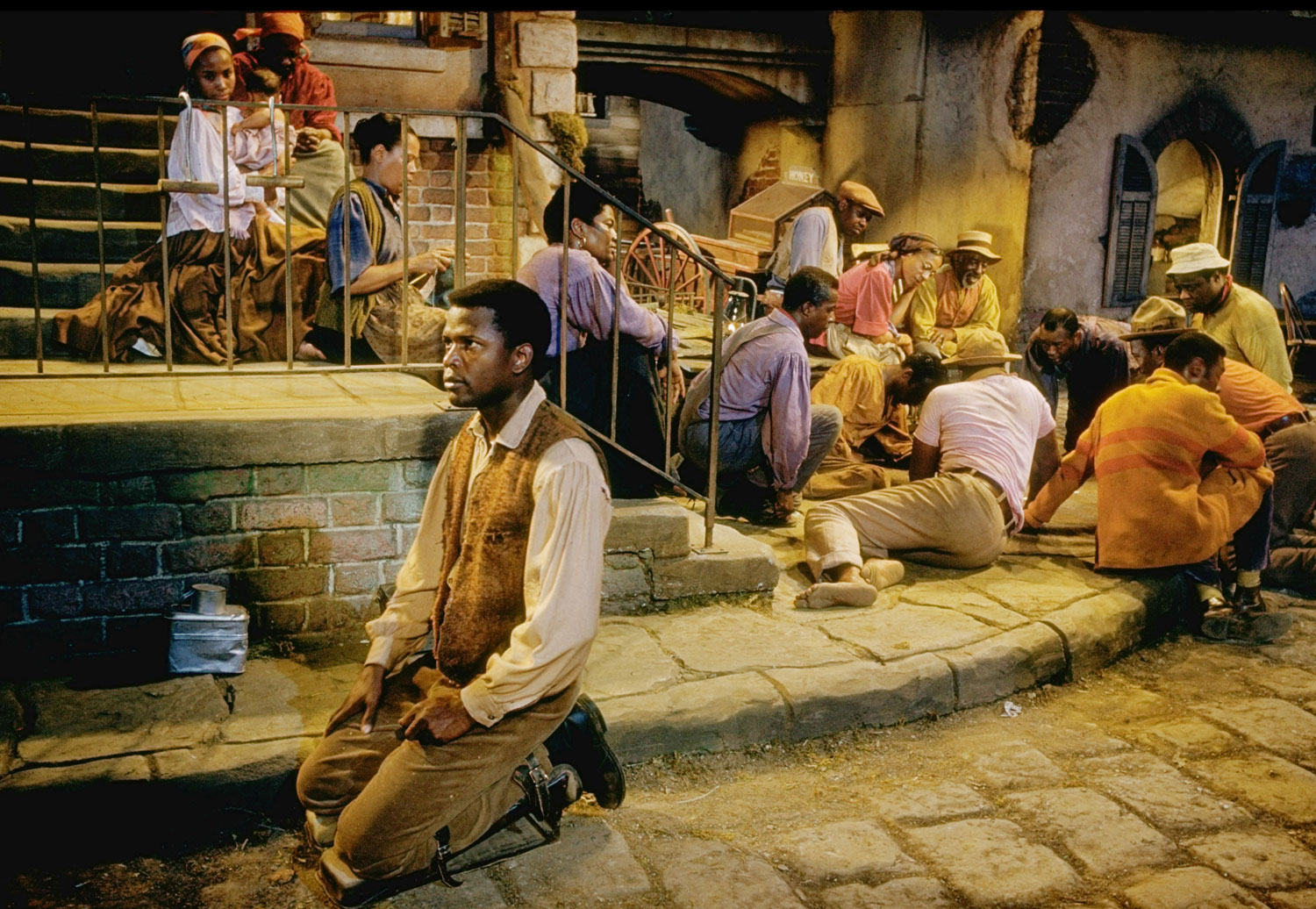


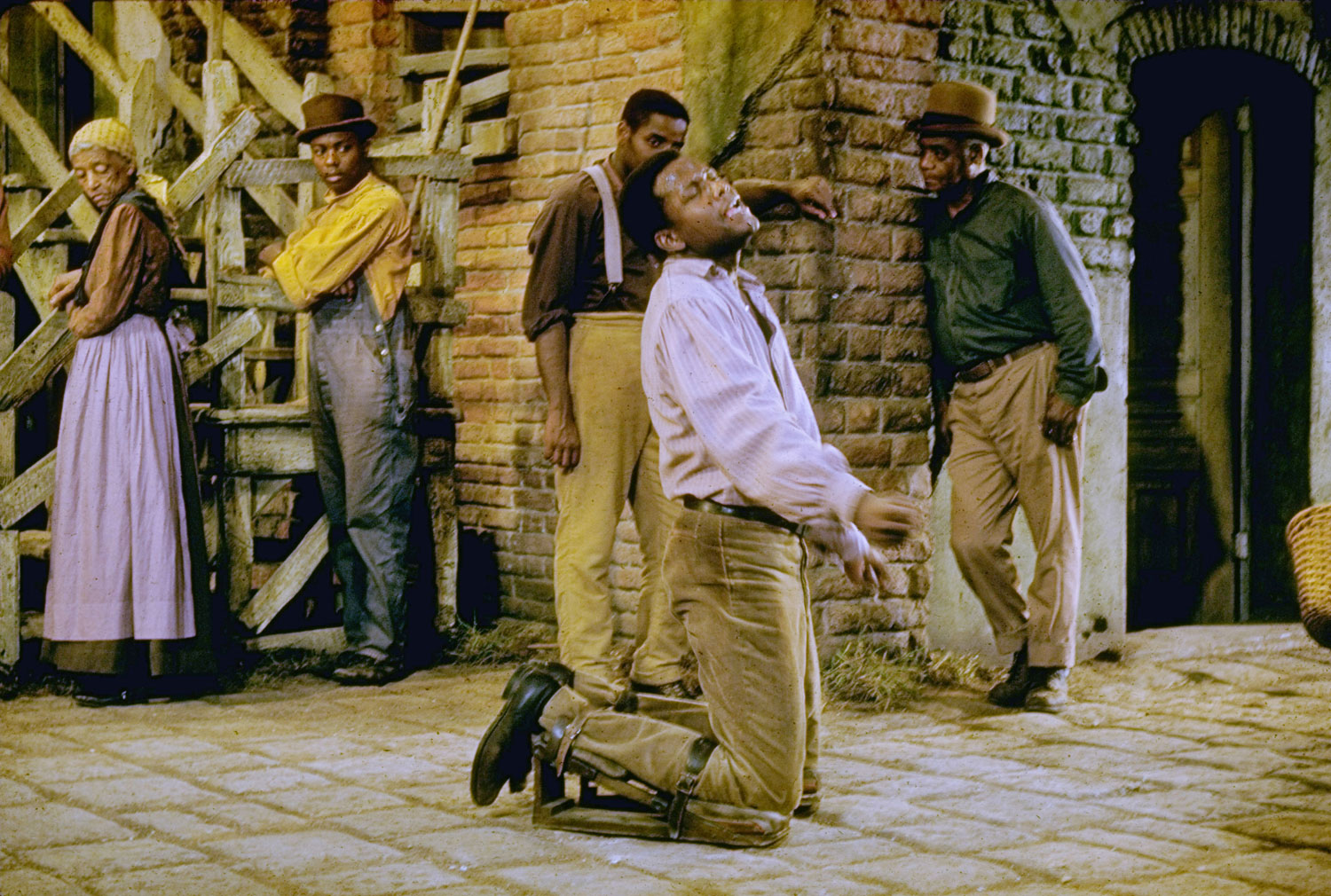
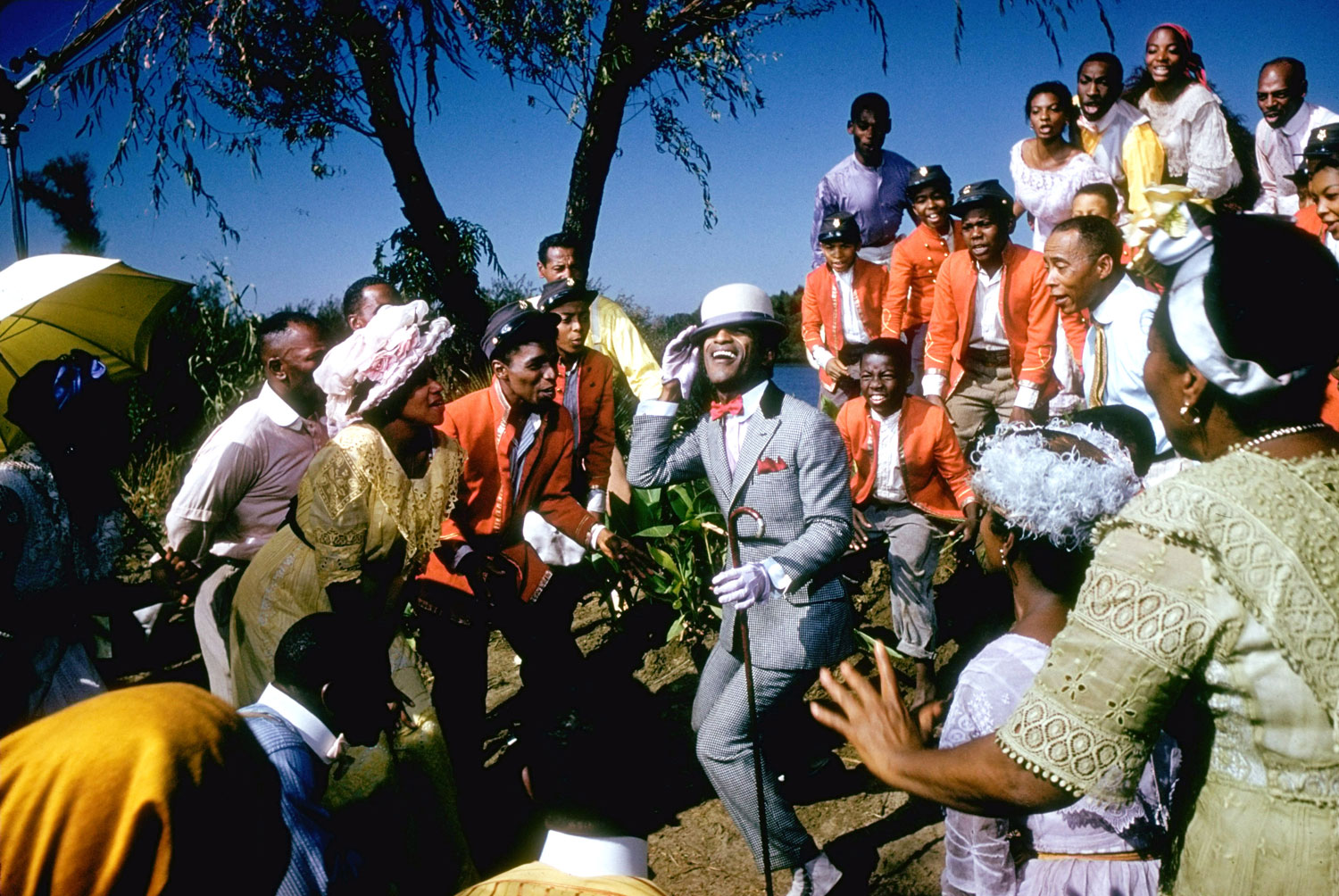
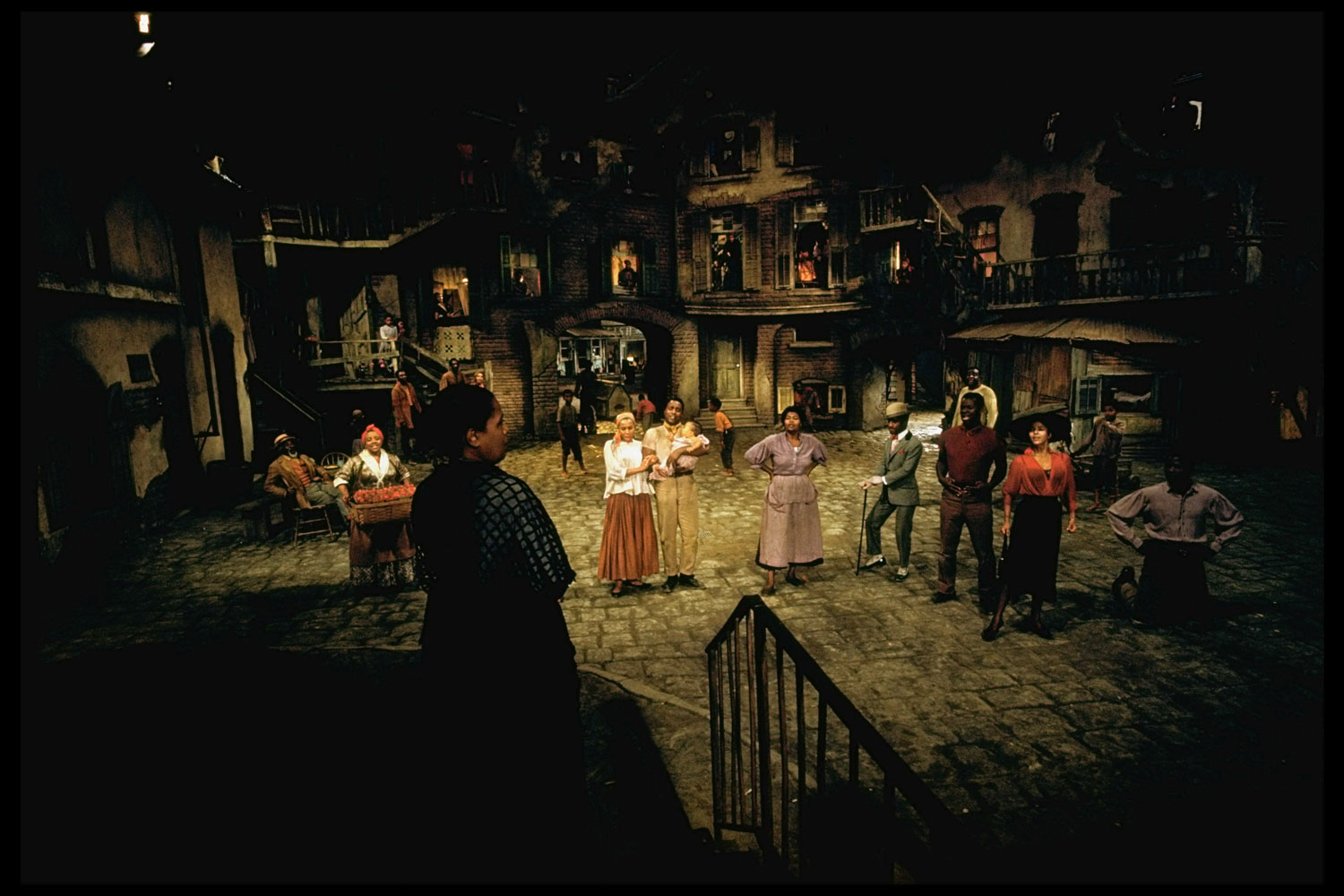
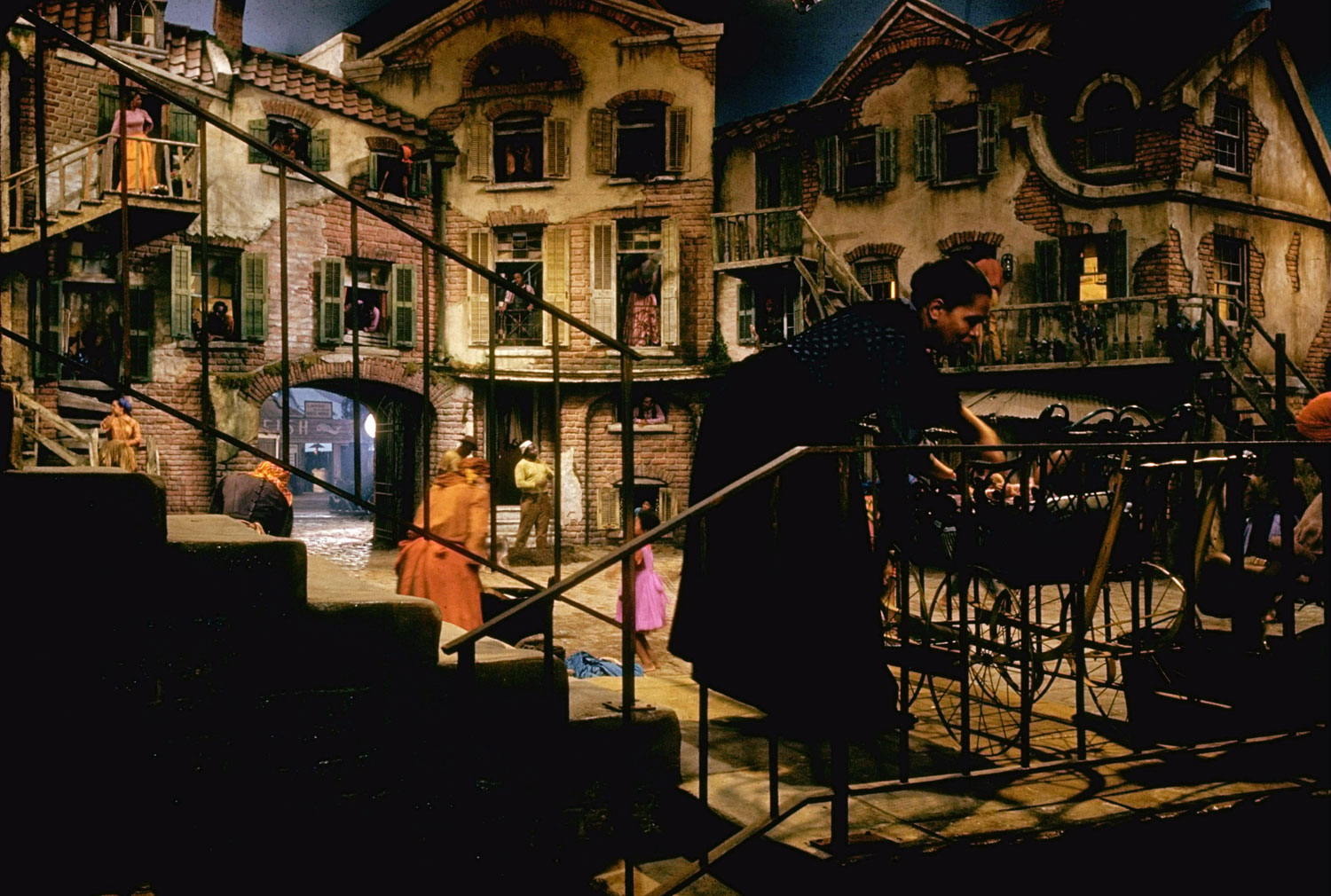
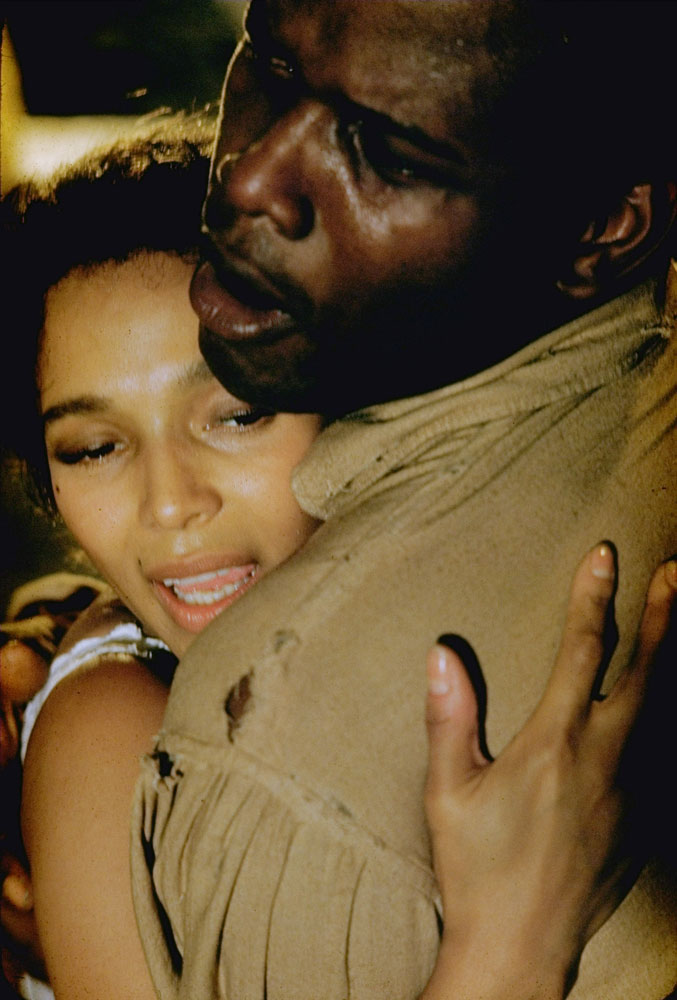

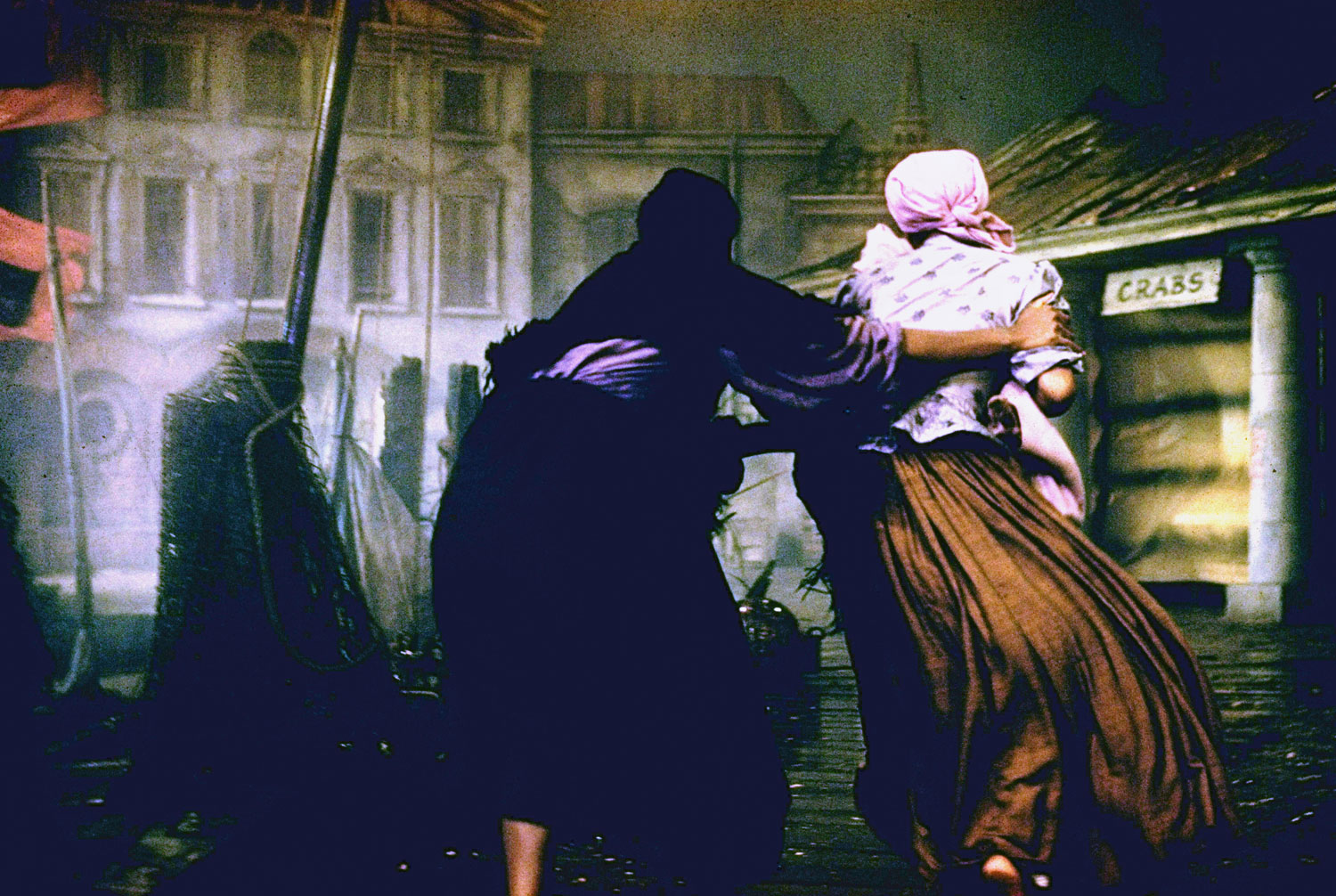

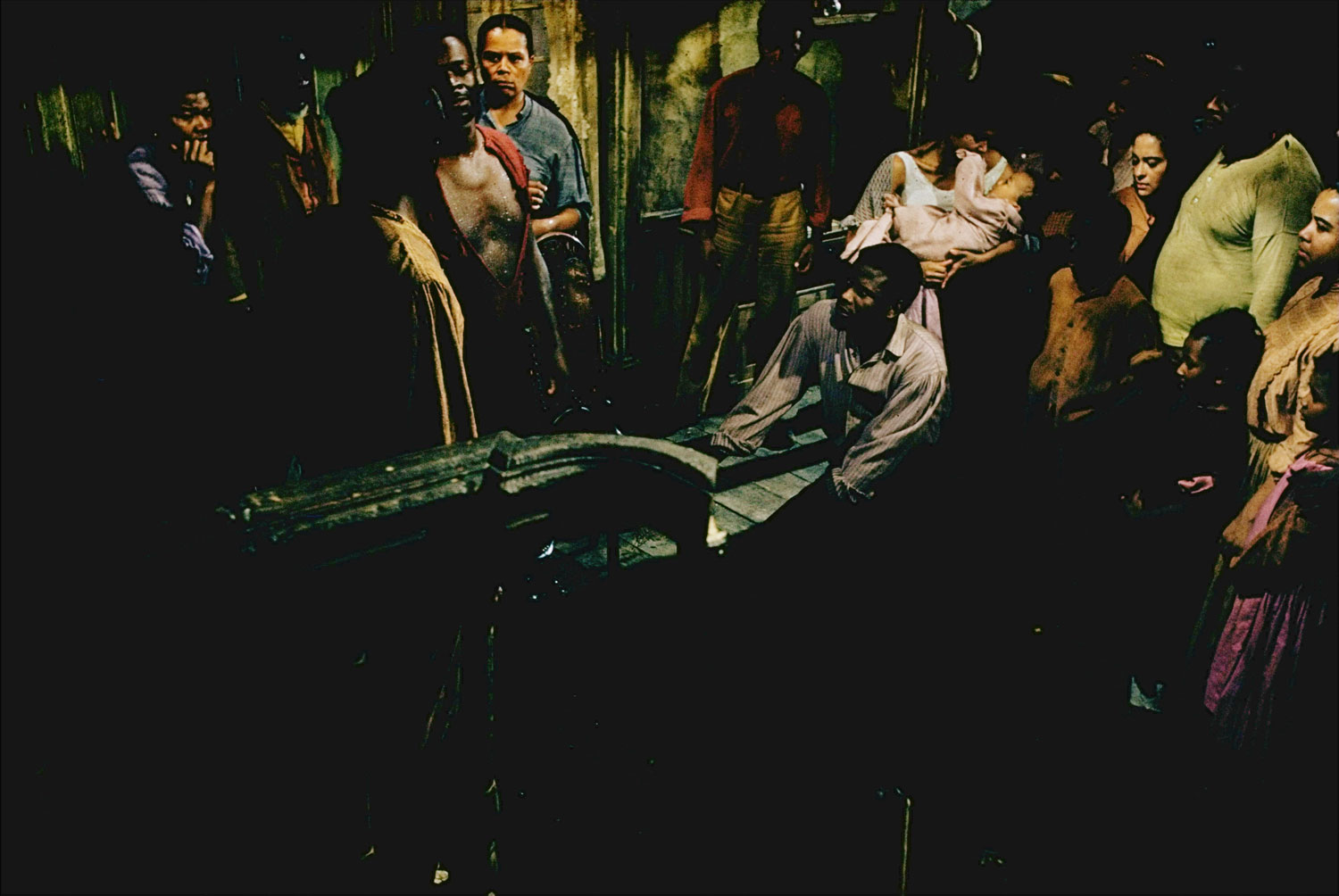
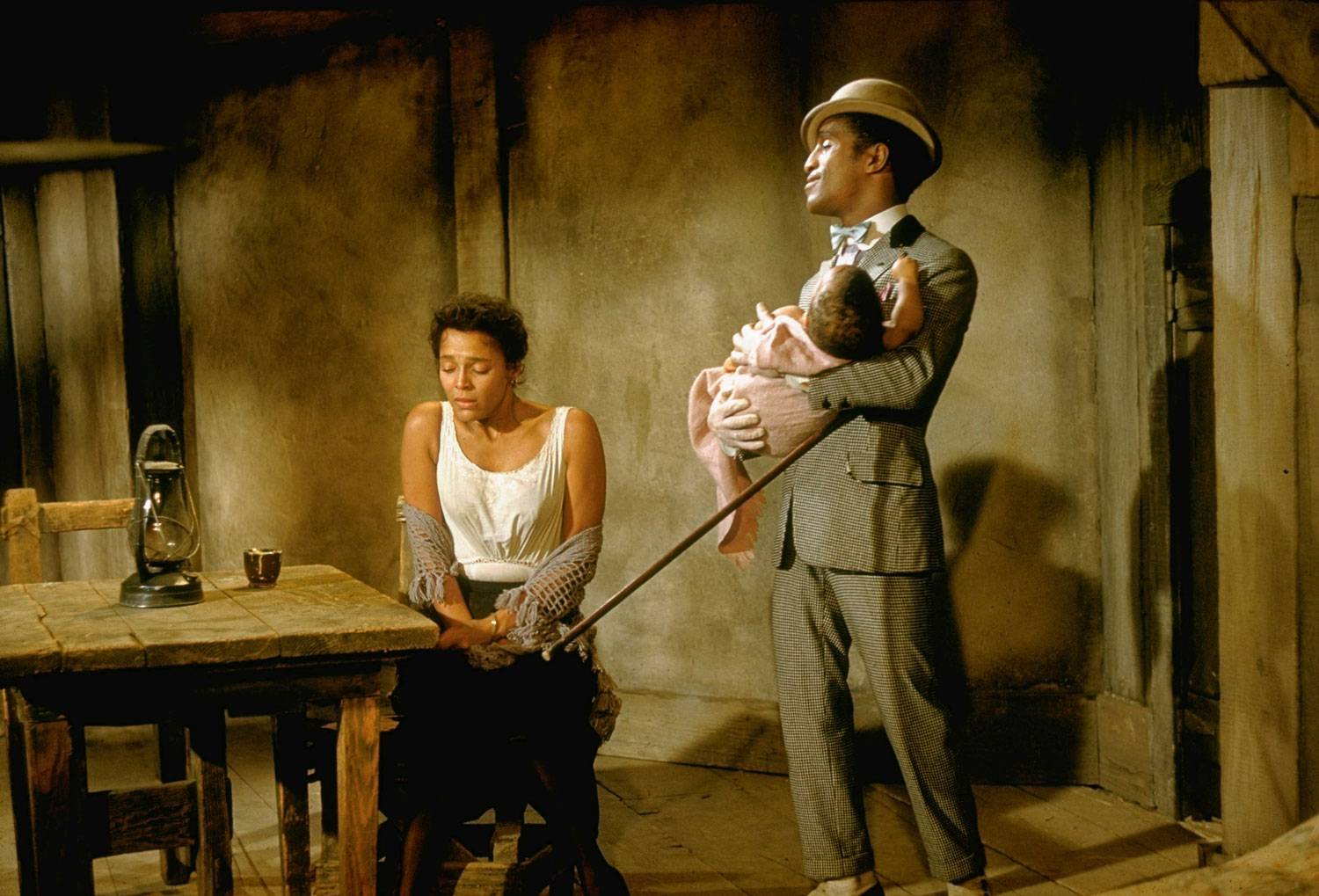

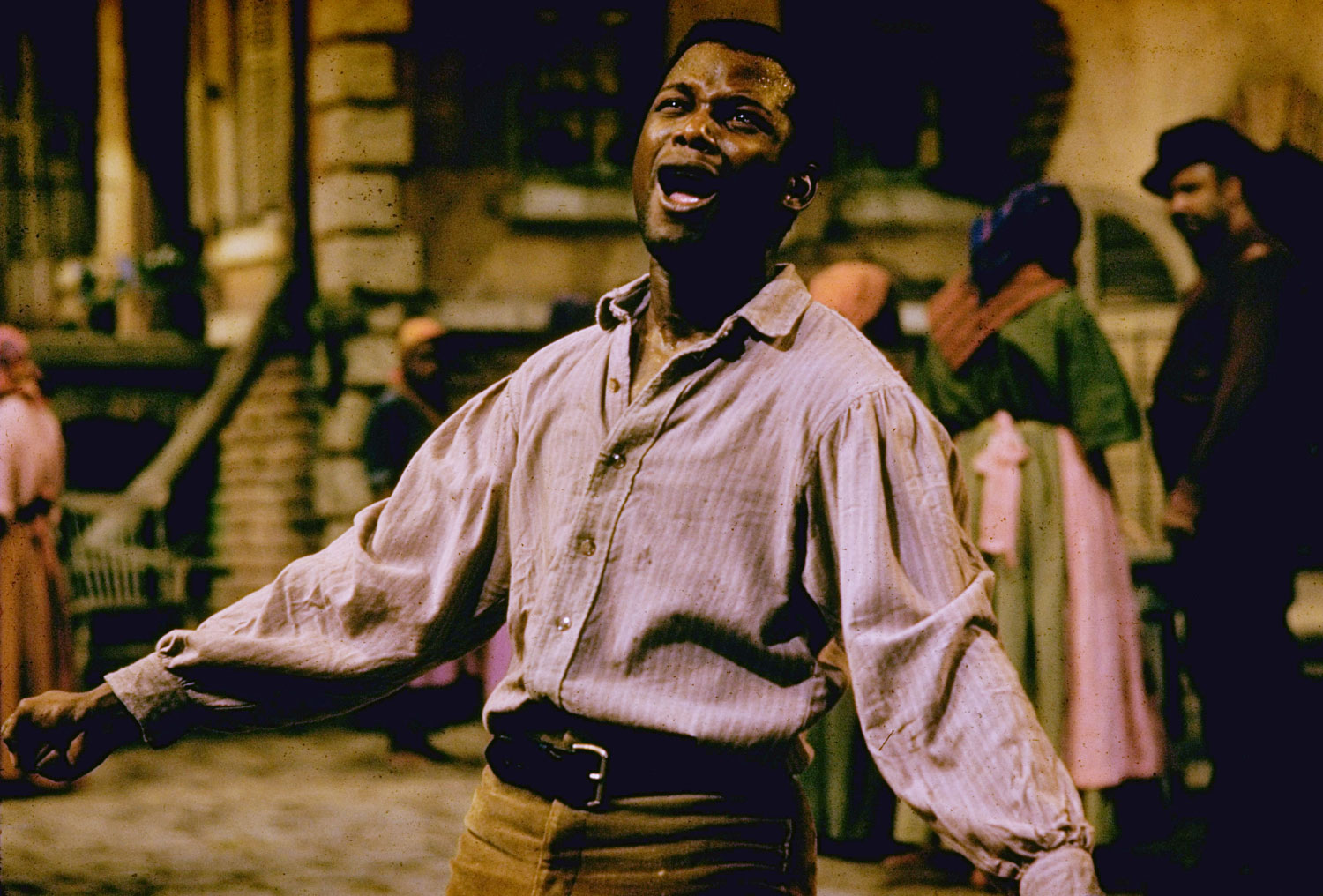
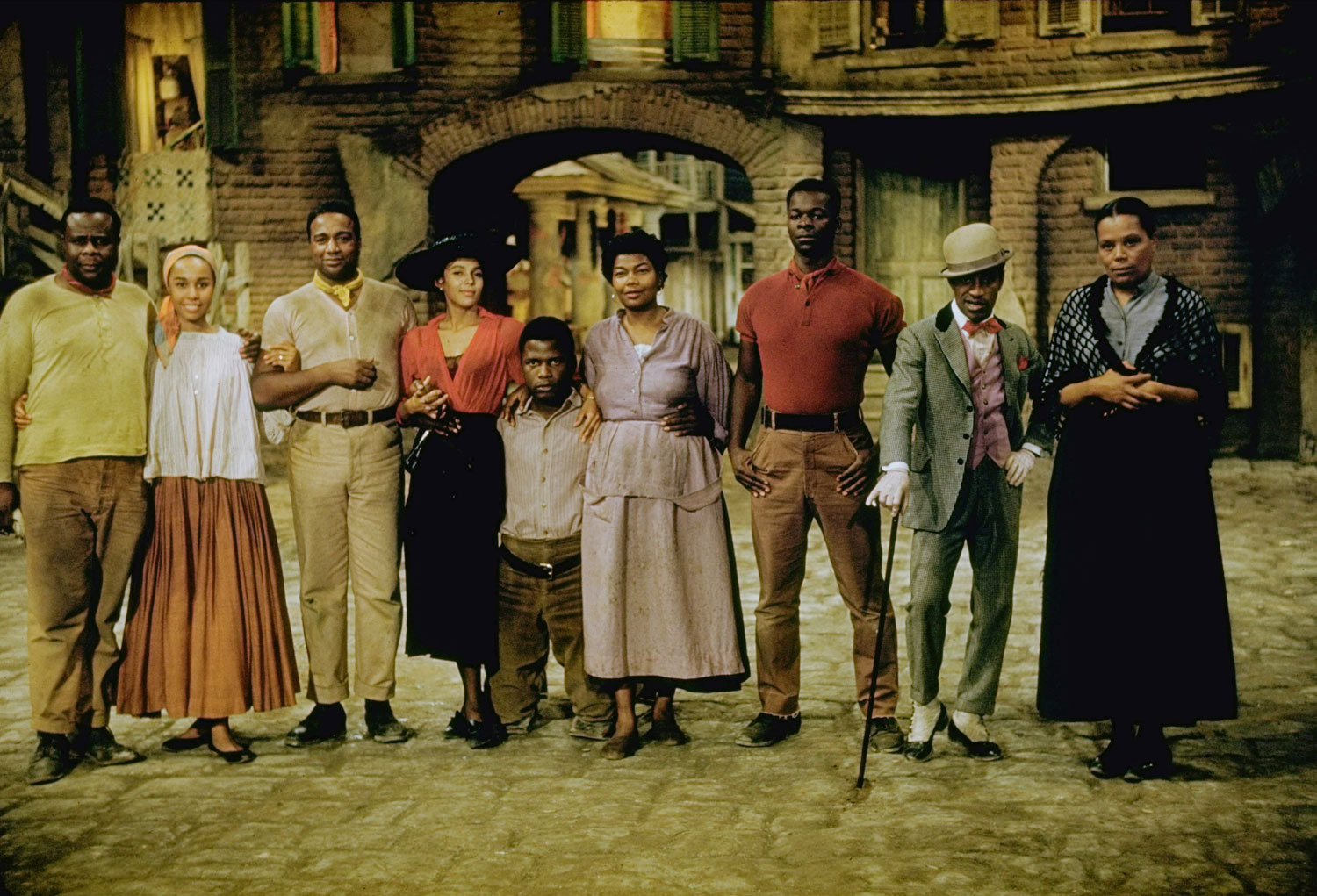
More Must-Reads from TIME
- Donald Trump Is TIME's 2024 Person of the Year
- Why We Chose Trump as Person of the Year
- Is Intermittent Fasting Good or Bad for You?
- The 100 Must-Read Books of 2024
- The 20 Best Christmas TV Episodes
- Column: If Optimism Feels Ridiculous Now, Try Hope
- The Future of Climate Action Is Trade Policy
- Merle Bombardieri Is Helping People Make the Baby Decision
Contact us at letters@time.com